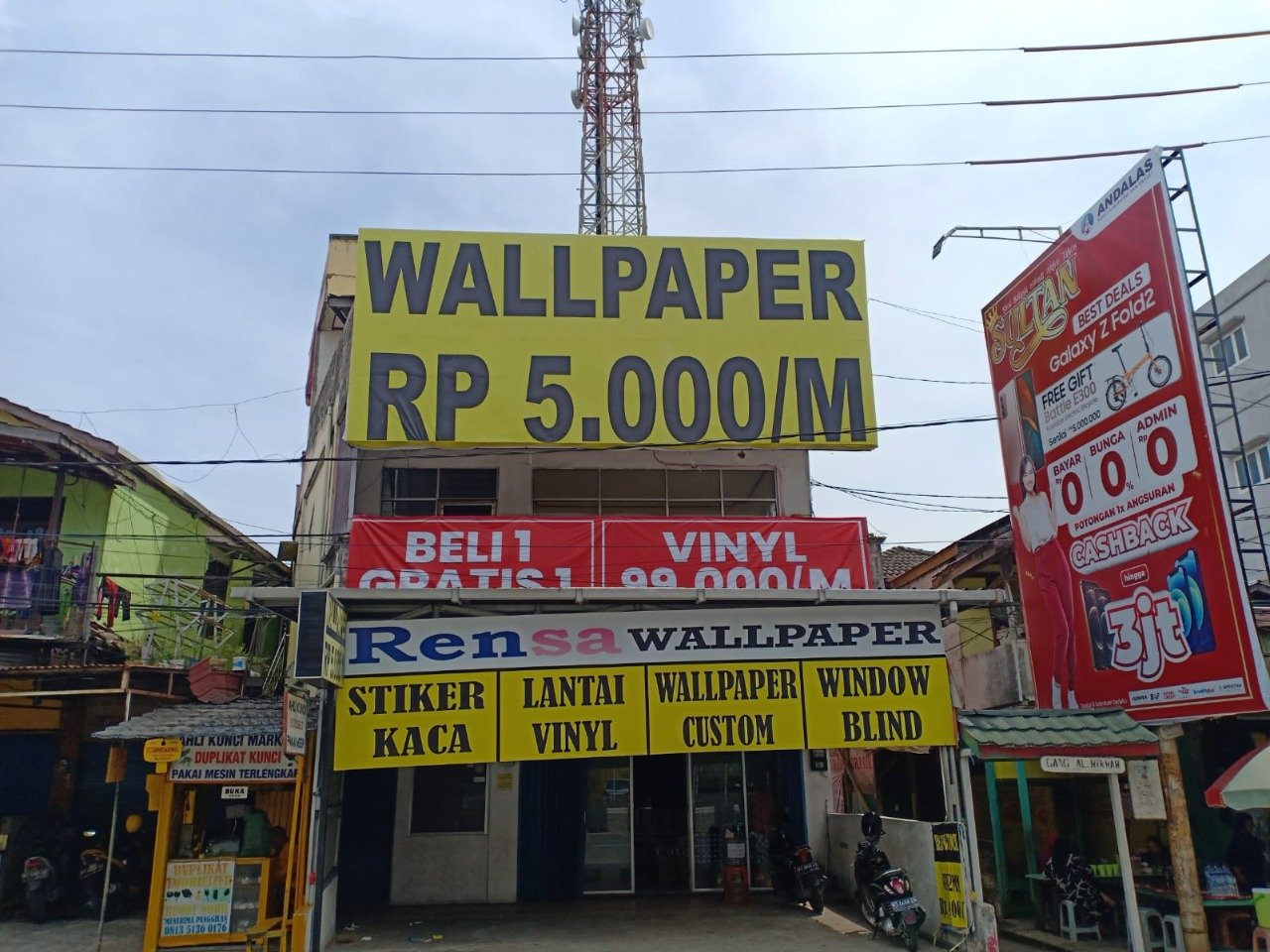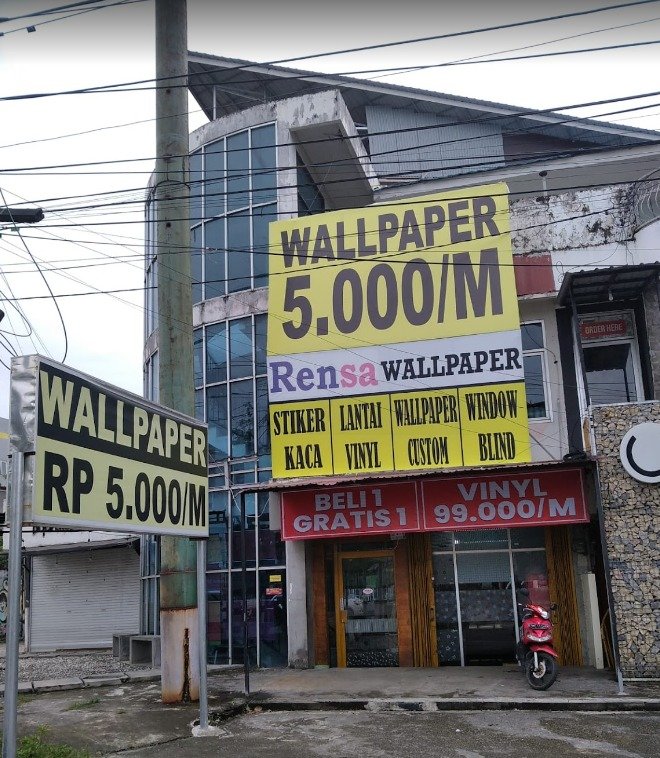Hermes Santorini Sandals Colorways That Hold Value
Santorini sandals from Hermès retain value when color, material and rarity align with steady market demand. This guide pinpoints which colorways historically keep the most resale, why they do, and how to verify and protect that value.
The Hermes Santorini is known for clean lines, leather quality and discrete branding, so color choice strongly affects desirability. Collectors and everyday buyers both favor neutral, perennial colors and occasional signature seasonal shades; understanding supply, stamps and material will stop costly mistakes. The sections below break down top colorways, material and hardware impacts, authentication and condition grading, and a compact comparison table to make resale-savvy decisions fast.
Which Santorini colorways keep the highest resale value?
Core neutrals — Black, Gold (tan), and Etoupe — consistently hold the highest resale, followed by stable signature blues like Bleu Sargasso and rare seasonal reds. These colorways combine year-round wearability with steady production history, keeping demand high.
Black is the safest hedge: universal, never goes out of style, and appears in most Hermès seasonal lines so buyers trust consistency. Gold (a mid-brown tan often labeled \”Gold\”) and Etoupe (a cool taupe) are next because they match wardrobes, hide wear, and are staples in Hermès catalogs. Bleu Sargasso and similar Hermes blues perform well because they become de facto seasonal classics when produced across multiple seasons. Bright seasonal hues — Rouge, Rose Confetto, Vert Anis — can spike in value when limited-run or part of an artist collaboration, but those spikes are unpredictable and often narrower in buyer pool.
Size matters: very small or very large sizes can be harder to resell at peak prices. Condition impacts resale more than minor differences in shade within core neutrals. For someone buying to preserve value, prioritize classic neutrals and document provenance at purchase.
Why material and hardware matter more than color
Leather type and hardware finish directly influence durability and buyer confidence, and therefore resale. A classic color in a sensitive leather will underperform compared with the same color in a robust leather and intact hardware.
Hermès uses multiple leathers: Box Calf (glossier, more scratch-prone but elegant), Evercolor (fine-grain, scratch-resistant), Chevre (soft, textured), and sometimes suede. hermes santorini sandal price Evercolor and chevre typically resist visible wear better for sandals, preserving aesthetics. Hardware — gold-plated versus palladium — affects buyer preference; matched, unworn hardware commands stronger offers. Inspect the blind stamp: the year letter and artisan mark confirm production year and can validate rarity claims. Buyers should prefer pieces with minimal scuffs on straps, solid stitching, and intact edge paint; these details matter more than a slight shade variance when selling later.
Seasonality matters less for leathers and metals: a durable leather will outlast seasonal color interest and attract a broader secondhand market. If you plan to keep and rotate, choose materials that develop a pleasing patina rather than show early damage.
How to authenticate and assess condition to preserve value?
Authentication hinges on blind stamps, craftsmanship (stitching and edges), provenance and consistent seller documentation; condition grading centers on sole wear, strap integrity and hardware finish. Verifying these elements protects resale value immediately and over time.
Check the blind stamp inside the sandal: Hermès uses a shape-and-letter code indicating year and atelier. Confirm the stamp style matches known Hermès formats for the production period. Examine stitching: Hermès uses tight, uniform saddle stitching; uneven stitches or glue residue is a red flag. Smell leather — an overly chemical odor suggests restoration or replacement parts. Inspect soles for signs of resoling or heavy wear. For hardware, look for plating loss or scratches; palladium retains appearance better than gold plating in some cases.
Document everything at purchase: photos of stamps, receipts and seller IDs increase buyer confidence. When storing, keep sandals flat or on a padded form and away from sunlight to prevent color fade and leather drying. Minor repairs should be done by recognized leather artisans or Hermes workshops; cheap fixes reduce resale value.
\”Don’t buy from a seller who refuses close-up photos of blind stamps and inside edges — counterfeiters often skip those shots. Always ask for detailed images before committing.\” — Expert tip
Comparison: Top colorways and resale retention
This table summarizes observed resale retention ranges and the practical reasons certain Santorini colorways perform better in the secondhand market.
| Colorway | Typical Resale Retention (observed range) | Why it holds value | Notes on Rarity |
|---|---|---|---|
| Black | 80%–95% | Universal, timeless, low-risk for buyers | Produced regularly; high demand |
| Gold (tan) | 75%–90% | Versatile warm neutral that conceals wear | Core color, steady production |
| Etoupe | 75%–90% | Luxury neutral with Hermès signature status | Core color; sometimes limited finishes |
| Bleu Sargasso / Signature Blues | 70%–85% | Recognizable brand hue; popular across seasons | Seasonal repeats increase resale stability |
| Seasonal Brights (Rouge, Rose) | 50%–75% | Strong when rare; narrow buyer pool otherwise | High variance; rarity drives spikes |
These ranges reflect market observations across resale platforms and auction listings. Use them as a directional guide rather than absolute guarantees.
Little-known facts: Hermès adds a blind-stamp letter for the production year and a small shape indicating the artisan’s workshop; many buyers overlook this when checking authenticity. Etoupe was elevated to ‘core neutral’ status by collectors because it pairs with both cool and warm wardrobes. Palladium hardware often shows fewer visible fingerprints and oxidizes less than gold-plated finishes on sandals. Seasonal color runs for sandals are much smaller than for bags, so a seasonal hue in Santorini can be rarer than it looks. Sizes in constant demand (medium EU36–38) typically achieve better resale percentages than less common sizes.
Choosing Santorini colorways that keep value means prioritizing core neutrals, durable leathers and verifiable provenance. When you combine a sought-after shade with solid condition and proper documentation, you create the best chance of preserving value over time.


